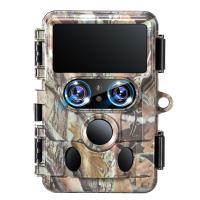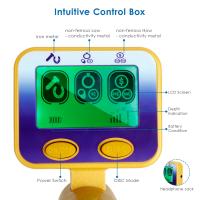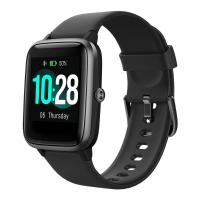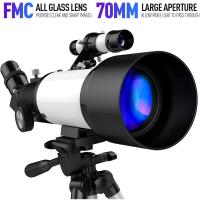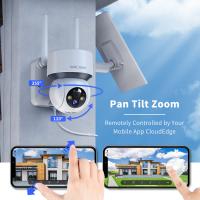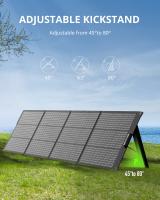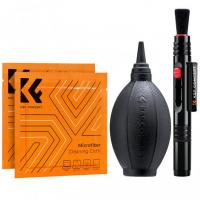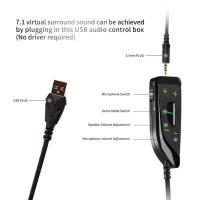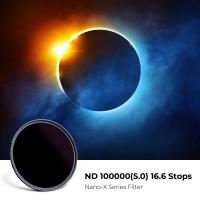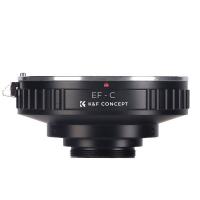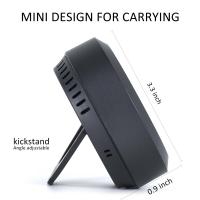How Much Does A Projector Cost?
When it comes to purchasing a projector, the cost can vary significantly based on several factors such as the type of projector, its features, brand, and intended use. Understanding these factors can help you make an informed decision that aligns with your needs and budget. In this article, we will delve into the different types of projectors, their price ranges, and the features that influence their cost. By the end, you should have a clearer picture of what to expect when shopping for a projector.
Types of Projectors and Their Price Ranges
1. Home Theater Projectors
Home theater projectors are designed to provide a cinematic experience in the comfort of your home. They typically offer high resolution, excellent color accuracy, and good brightness levels. The price for home theater projectors can range from $500 to $3,000 or more, depending on the brand and features.
- Entry-Level Home Theater Projectors ($500 - $1,000): These projectors are suitable for casual movie watching and gaming. They usually offer 1080p resolution and decent brightness levels.
- Mid-Range Home Theater Projectors ($1,000 - $2,000): These models provide better image quality, higher brightness, and additional features like lens shift and better contrast ratios.
- High-End Home Theater Projectors ($2,000+): These projectors offer 4K resolution, superior color accuracy, and advanced features like HDR support and motorized lens controls.
2. Business Projectors
Business projectors are designed for presentations and meetings. They prioritize brightness and connectivity options over image quality. The cost of business projectors typically ranges from $300 to $1,500.
- Entry-Level Business Projectors ($300 - $600): These projectors are suitable for small meeting rooms and offer basic features like VGA and HDMI inputs.
- Mid-Range Business Projectors ($600 - $1,000): These models provide higher brightness levels, better resolution, and additional connectivity options.
- High-End Business Projectors ($1,000+): These projectors offer advanced features like wireless connectivity, higher resolution, and better brightness, making them suitable for large conference rooms.
3. Portable Projectors
Portable projectors are compact and lightweight, making them ideal for on-the-go use. They are popular among travelers, educators, and business professionals who need a projector that is easy to transport. The price for portable projectors ranges from $100 to $800.
- Entry-Level Portable Projectors ($100 - $300): These projectors are small and lightweight but may have lower resolution and brightness.
- Mid-Range Portable Projectors ($300 - $500): These models offer better image quality, higher brightness, and additional features like built-in batteries and speakers.
- High-End Portable Projectors ($500+): These projectors provide excellent image quality, high brightness, and advanced features like wireless connectivity and long battery life.
4. Education Projectors
Education projectors are designed for classroom use and often include features like interactive capabilities and short-throw lenses. The cost of education projectors ranges from $400 to $2,000.
- Entry-Level Education Projectors ($400 - $800): These projectors are suitable for small classrooms and offer basic features like HDMI inputs and decent brightness.
- Mid-Range Education Projectors ($800 - $1,500): These models provide higher brightness, better resolution, and additional features like interactive capabilities.
- High-End Education Projectors ($1,500+): These projectors offer advanced features like ultra-short-throw lenses, interactive capabilities, and high brightness, making them suitable for large classrooms and lecture halls.
Factors Influencing Projector Costs
1. Resolution
Resolution is one of the most significant factors affecting the cost of a projector. Higher resolution projectors, such as those offering 4K resolution, tend to be more expensive than those with lower resolutions like 720p or 1080p. Higher resolution projectors provide sharper and more detailed images, which is particularly important for home theater and business applications.
2. Brightness
Brightness, measured in lumens, is another critical factor. Projectors with higher brightness levels are more expensive but are necessary for environments with a lot of ambient light. For example, business projectors used in well-lit conference rooms require higher brightness levels compared to home theater projectors used in dark rooms.
3. Contrast Ratio
The contrast ratio determines the difference between the darkest and brightest parts of an image. Higher contrast ratios result in better image quality, with more defined shadows and highlights. Projectors with higher contrast ratios are generally more expensive.
4. Lens Quality and Features
The quality of the lens and additional features like lens shift, zoom, and focus adjustments can also impact the cost. High-quality lenses provide better image clarity and sharpness, while features like motorized lens controls add convenience but increase the price.
5. Connectivity Options
Projectors with a wide range of connectivity options, such as HDMI, VGA, USB, and wireless capabilities, tend to be more expensive. These options provide greater flexibility in connecting various devices, making them more versatile for different applications.
6. Brand and Warranty
The brand of the projector can also influence the cost. Well-known brands with a reputation for quality and reliability often charge a premium for their products. Additionally, projectors with longer warranty periods or extended support options may come at a higher price.
Practical Tips for Choosing a Projector
1. Determine Your Needs
Before purchasing a projector, consider your specific needs. Are you looking for a projector for home entertainment, business presentations, or educational purposes? Understanding your primary use case will help you narrow down your options and choose a projector that meets your requirements.
2. Set a Budget
Projectors come in a wide range of prices, so it's essential to set a budget before you start shopping. Determine how much you are willing to spend and look for projectors within that price range. Keep in mind that higher-priced projectors often come with better features and performance.
3. Consider the Environment
Think about the environment where you will be using the projector. If you plan to use it in a well-lit room, look for a projector with higher brightness levels. For home theater setups in dark rooms, focus on projectors with high resolution and good contrast ratios.
4. Check Reviews and Ratings
Reading reviews and ratings from other users can provide valuable insights into the performance and reliability of a projector. Look for reviews from users with similar needs to yours to get a better idea of how the projector will perform in your specific use case.
5. Compare Features
Compare the features of different projectors within your budget. Look for projectors that offer the best combination of resolution, brightness, contrast ratio, and connectivity options. Consider any additional features that may be important to you, such as wireless connectivity or built-in speakers.
The cost of a projector can vary widely based on its type, features, and intended use. By understanding the different types of projectors and the factors that influence their cost, you can make an informed decision that aligns with your needs and budget. Whether you are looking for a home theater projector, a business projector, a portable projector, or an education projector, there are options available at various price points to suit your requirements. By considering your specific needs, setting a budget, and comparing features, you can find the perfect projector to enhance your viewing experience.

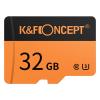

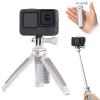
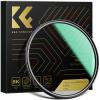
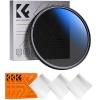
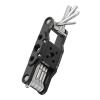
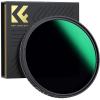
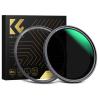
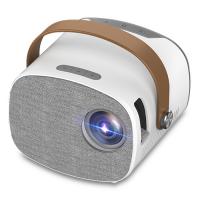
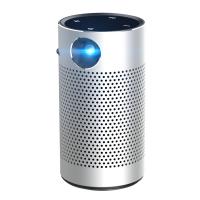
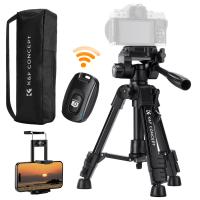
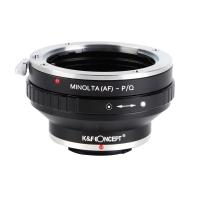
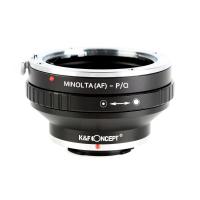
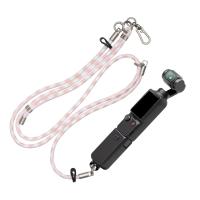
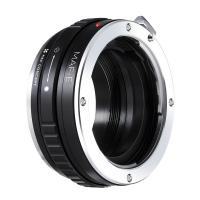


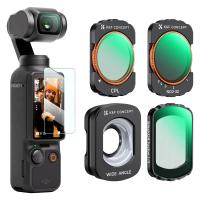
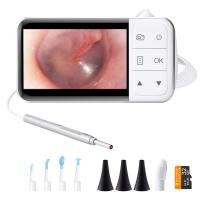

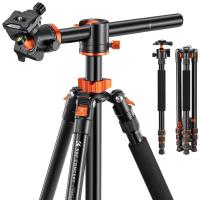
![3mm/0.12in Industrial Borescope Inspection Camera with Light 180° 2-Way Articulating [3.28ft Cable] 3mm/0.12in Industrial Borescope Inspection Camera with Light 180° 2-Way Articulating [3.28ft Cable]](https://img.kentfaith.com/cache/catalog/products/us/GW45.0108/GW45.0108-1-200x200.jpg)




